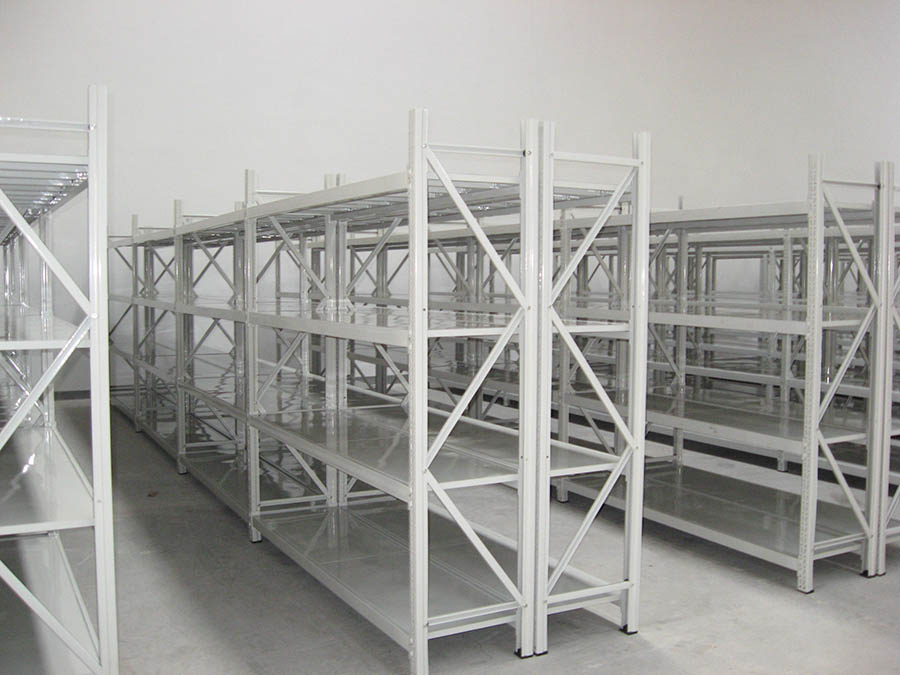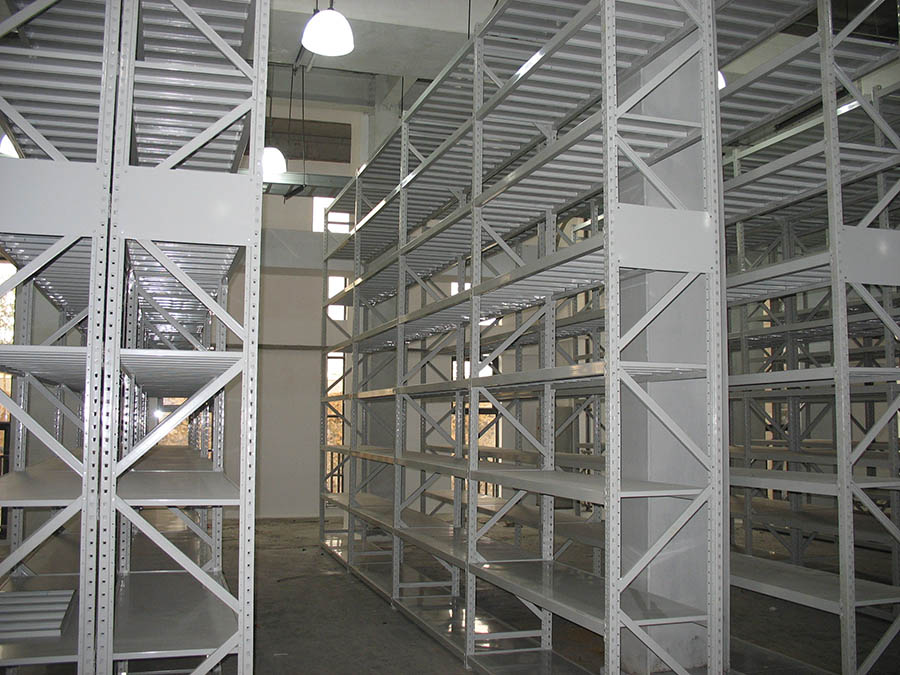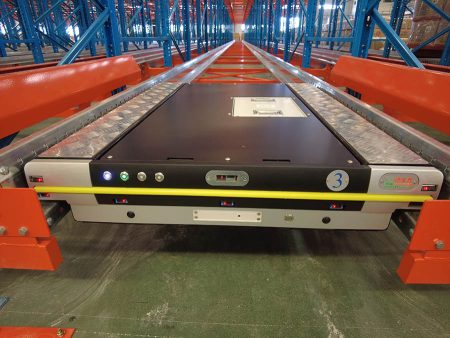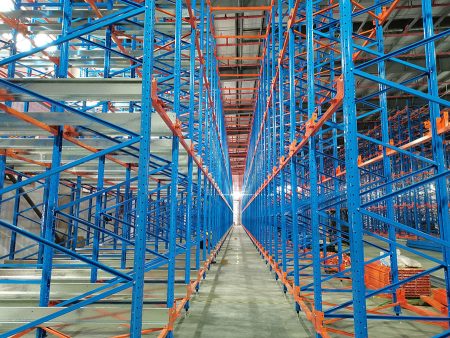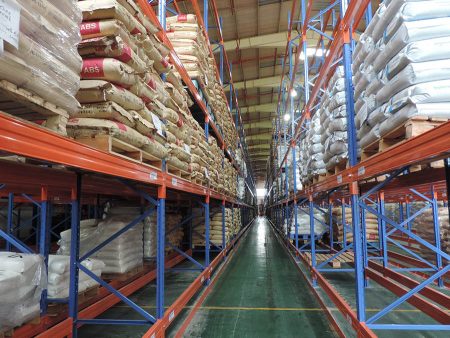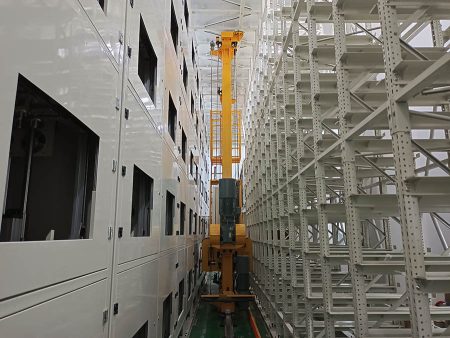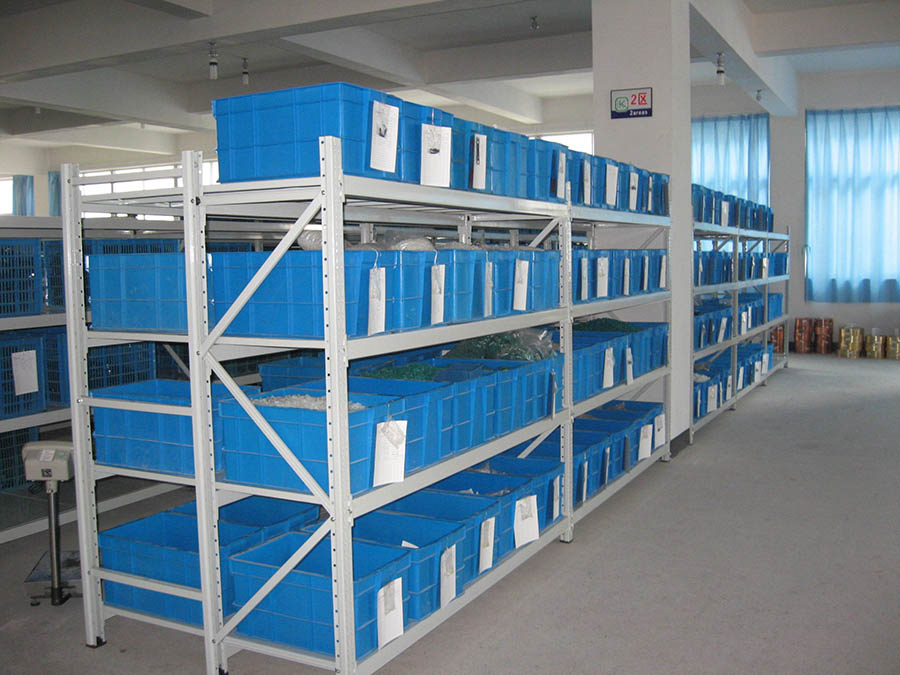
Product
Duty Racking
Shelf-type racking is a versatile warehouse storage system that uses horizontal shelves as its primary load-bearing structure. It is constructed by assembling columns and beams to form a framework, combined with adjustable or fixed shelves to create multi-level storage spaces.
It is primarily used for storing small, loose, uniformly sized, or irregularly shaped goods (such as daily necessities, electronic components, hardware tools, food seasonings, pharmaceutical packaging, etc.). Its “layered storage and flexible access” features make it one of the most common shelf types in retail, e-commerce, warehousing, and workshop settings, earning it the nickname “the most practical storage helper.”
Duty Racking
1. Strong cargo compatibility
Can store various types of cargo, from small items such as screws and parts to large items such as cartons and parcels, and supports mixed storage of items of different sizes, shapes, and weights (through adjustable shelves to flexibly adjust the shelf height).
2. Extremely high access efficiency
Goods are placed directly on the shelf surfaces, eliminating the need for forklifts or complex equipment. Manual handling is sufficient for easy retrieval and placement (particularly suitable for “person-to-goods” picking mode), with a single cycle operation time of just a few seconds to several dozen seconds.
3. High space utilization
Through multi-tier design (typically 3–8 tiers, with up to 10 tiers in high-rise configurations), vertical space utilization far exceeds that of horizontal storage (storage capacity increases by 3–5 times on the same floor area).
4. Cost-effective
Simple structure (no complex transmission or hydraulic systems), minimal steel usage, and low installation and maintenance costs (assembly can be completed by a single person), making it suitable for small and medium-sized enterprises with limited budgets or temporary storage needs.
5. Visualization and ease of management
Open or semi-open design allows for clear visibility of goods, combined with a labeling system (such as electronic labels or paper labels), enabling quick location of target goods and improving inventory counting and picking efficiency.


